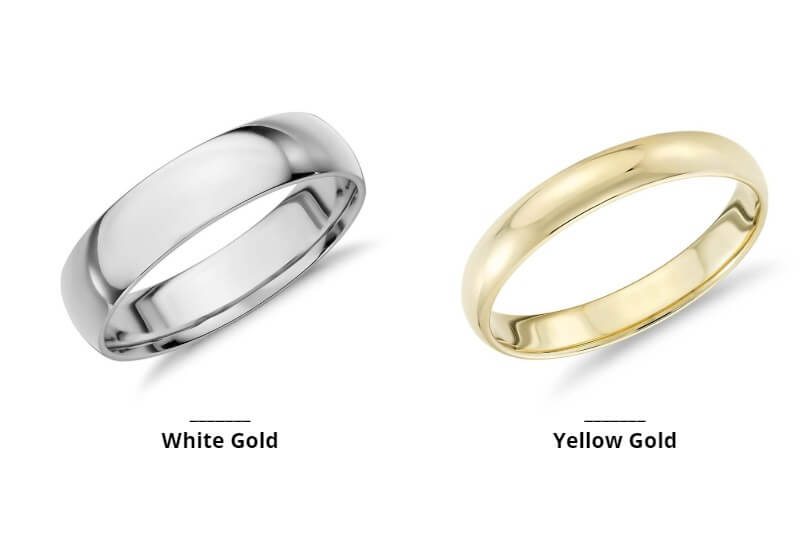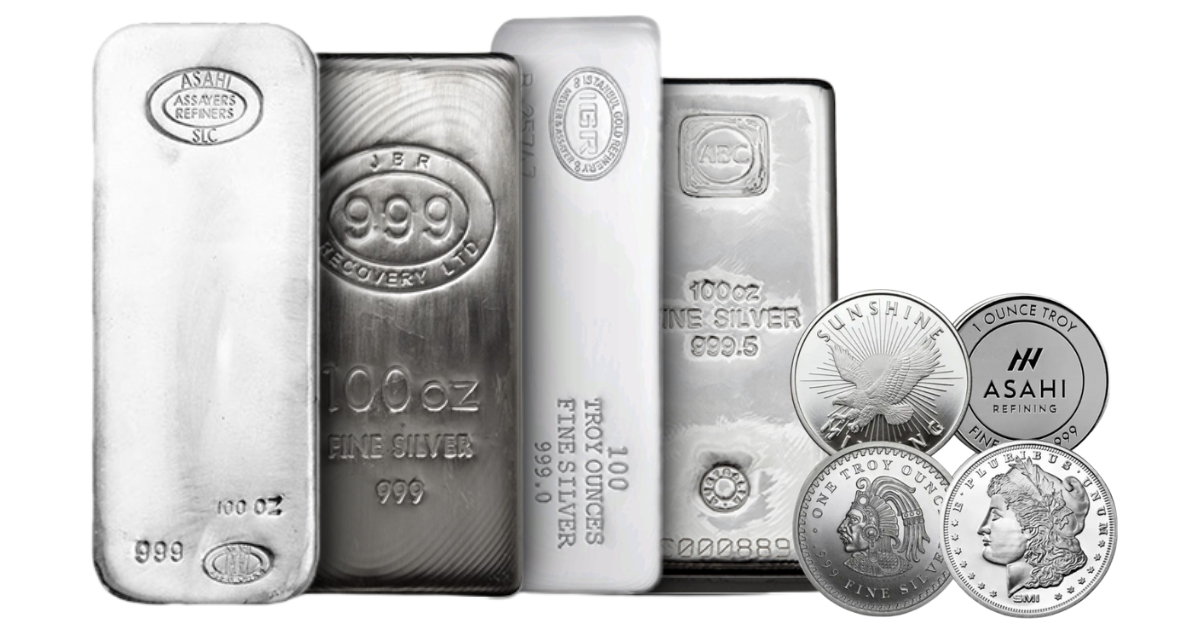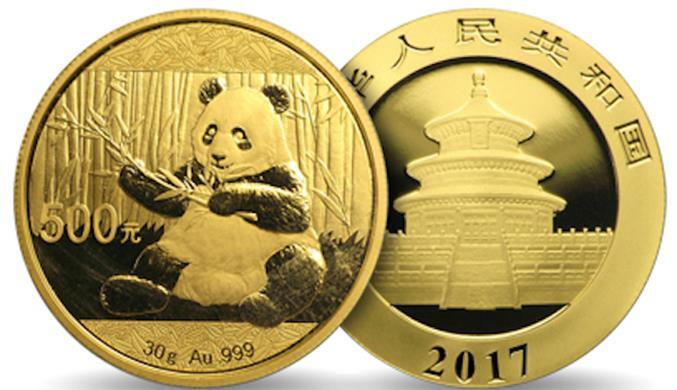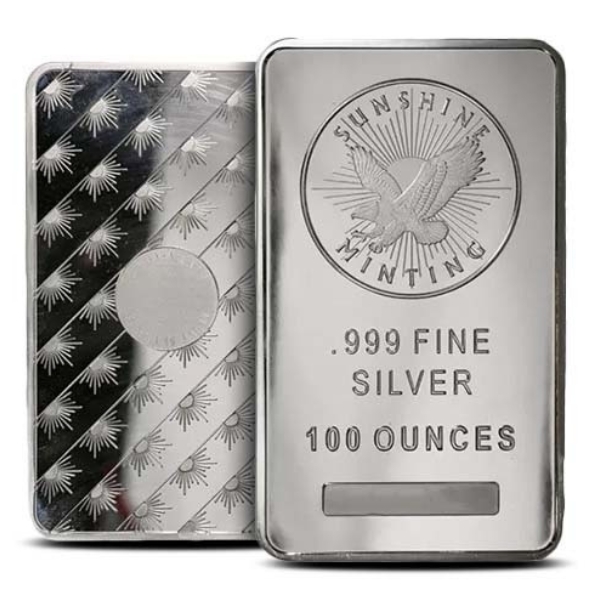Understanding Gold and White Gold: A Complete Comparison Guide

Strong 8k brings an ultra-HD IPTV experience to your living room and your pocket.
Gold has long been treasured for its beauty, rarity, and versatility. In both the jewelry market and the investment world, it remains a trusted asset. Among the various forms of gold, yellow gold and white gold stand out as the most popular options. Whether you're buying gold bars, coins, or jewelry, understanding the key differences between these two types of gold is essential to making an informed decision.
What Is White Gold?
White gold is not a naturally occurring metal. It is created by blending pure gold with white metals such as nickel, palladium, or silver. This alloying process enhances durability and alters the gold’s natural yellow tone, giving it a sleek, white appearance.
To achieve its final color and finish, white gold is often plated with rhodium—a rare and highly reflective metal. Rhodium plating not only enhances the shine but also provides a protective layer, increasing resistance to scratches and wear. While 24-karat white gold does exist, it is typically softer and less commonly used than lower karat versions designed for better durability.
The Origins and Historical Significance of Gold
Gold's legacy dates back to ancient civilizations such as Egypt and Mesopotamia, where it was revered as a symbol of wealth, power, and divine connection. Used for everything from currency to ceremonial objects, gold has transcended generations and cultures. Today, it maintains its allure both as an ornamental metal and a secure investment.
The introduction of white gold in the 1920s was a modern innovation, originally developed as a more affordable and accessible alternative to platinum. Since then, white gold has gained equal popularity alongside traditional yellow gold in both fashion and investment markets.
White Gold vs. Yellow Gold: Key Differences
Before investing in or purchasing gold, it’s crucial to understand the unique properties of each type:
✅ Composition
White Gold: Typically a mix of gold with palladium, silver, or nickel, and finished with rhodium plating for durability and brightness.
Yellow Gold: Made by alloying pure gold with silver, copper, and zinc, preserving more of gold’s natural hue.
✅ Durability
White gold is generally more scratch-resistant due to its harder alloy components and rhodium coating.
Yellow gold, especially in higher karats like 22K or 24K, is softer and more prone to scratches, though it's still valued for its purity.
✅ Color and Appearance
White gold offers a modern, sleek look, often chosen for contemporary designs and engagement rings.
Yellow gold maintains its classic, warm glow, ideal for vintage-inspired or traditional jewelry styles.
✅ Maintenance
White gold may require re-plating with rhodium over time to maintain its white luster.
Yellow gold needs less upkeep, as it doesn’t have any coating to wear off.
When choosing between white gold and yellow gold, personal style, skin tone, and lifestyle should all be taken into account. White gold often complements cooler skin tones and pairs beautifully with diamonds and other colorless gemstones, making it a favored choice for engagement rings, wedding bands, and high-end modern jewelry. Its neutral, elegant hue suits contemporary styles and minimalistic designs, appealing to those who prefer a subtle and sophisticated aesthetic.
Yellow gold, on the other hand, radiates warmth and tradition. It complements warmer skin tones and has a rich, classic appearance that evokes luxury and history. Ideal for vintage and heirloom-style jewelry, yellow gold is often chosen for its timeless charm and cultural significance. Many traditional and ethnic jewelry pieces are crafted in yellow gold due to its deep-rooted symbolism in celebrations, rituals, and family heritage.
From an investment standpoint, both white and yellow gold carry the same base value determined by their gold content. What may influence the price further is the craftsmanship, karat purity, and brand or mint associated with the product. For example, a 22K yellow gold coin or a 14K white gold ring may vary in cost due to metal alloy compositions and labor-intensive detailing.
Maintaining your gold items is also an important consideration. While yellow gold may develop a patina over time, it’s easy to polish and restore. White gold, however, may require periodic rhodium plating to retain its bright, silvery finish. Understanding these care requirements ensures your investment remains beautiful and valuable for years.
Whether you’re buying gold jewelry for personal use or gold bars and coins for long-term investment, knowing the pros and cons of each type helps you align your purchase with your lifestyle and goals. Both white and yellow gold offer lasting beauty, value, and legacy—making either a wise and enduring choice.
Note: IndiBlogHub features both user-submitted and editorial content. We do not verify third-party contributions. Read our Disclaimer and Privacy Policyfor details.







